Pruning roses can feel like a daunting task, like trying to get a stain out of a white linen shirt—one wrong move, and you’re worried you’ve ruined something beautiful. Yet, with the right timing and techniques, pruning becomes an act of love that rewards you with stunning blooms, whether they’re as bold as a purple star-shaped flower or as delicate as a pink kalanchoe. This guide dives into when to prune roses in fall or spring, why your USDA zone matters, and how to trim for bigger, better flowers, all while weaving in practical gardening tips and keywords like neem oil for spider mites and cordyline green for companion planting.
Why Pruning Roses Matters
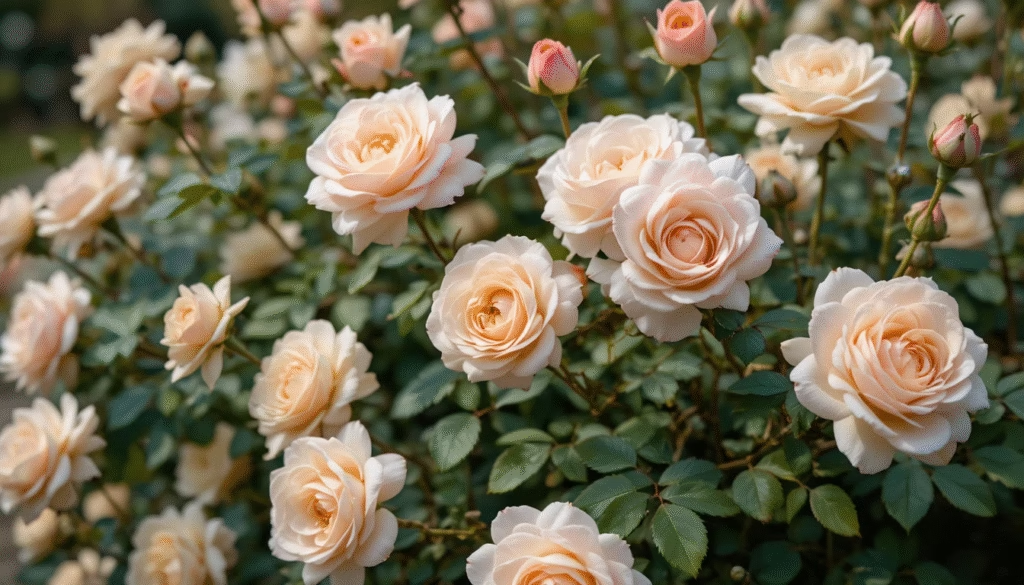
Roses are the heart of many gardens, their blooms stealing the show like a yellow kalanchoe plant in full glory. Pruning isn’t just about aesthetics—it’s about keeping your roses healthy, encouraging vibrant growth, and preventing issues like disease or overcrowding. Timing is everything: prune too early, and frost might harm tender cuts; wait too long, and you could stunt those magic blooms. Whether you’re tending hardy miniature roses or a Lucy’s Rose of Sharon, understanding when and how to prune ensures your garden thrives.
Fall Pruning vs. Spring Pruning
The debate over fall versus spring pruning hinges on your climate and rose type. Each season offers unique benefits, like choosing between copper type L vs. M for a project—both work, but the context matters.
Fall Pruning: Shaping for Winter
Fall pruning, done just before roses enter dormancy, is ideal for shaping bushes and tidying your garden, much like decorating a chain-link fence for a polished look. In milder USDA zones, where winters are gentle, you can make heavier cuts to sculpt roses for a neat winter appearance and a head start on spring growth. This approach works well for roses like david verity cuphea plant or Rose of Sharon, which tolerate bolder trims.
However, in colder zones with harsh winters, heavy fall pruning can be risky. Fresh cuts expose roses to frost damage, like installing a hardwood floor in a bathroom without proper sealing. Instead, opt for light trimming—remove dead or damaged branches to keep bushes tidy without stressing them. This ensures your roses, whether they’re red pansy plant companions or coleus watermelon plant neighbors, stay protected through winter.
Spring Pruning: Sparking New Growth
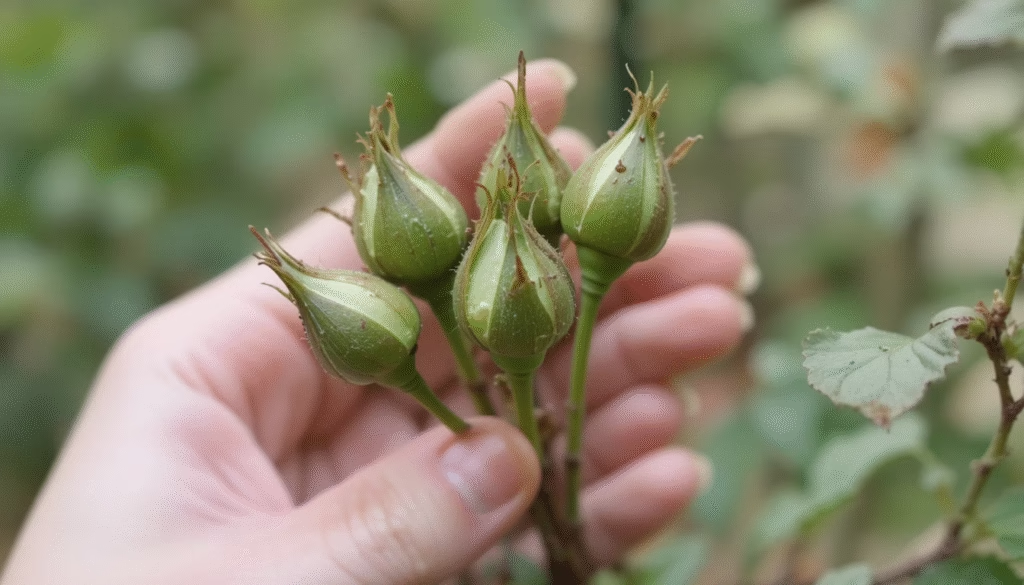
Spring pruning is the key to unlocking a rose’s full potential, like planting winter rye grass for a fresh season. Done just before new growth begins—typically late winter or early spring, depending on your zone—this pruning encourages new wood, where roses produce their most vibrant blooms. It’s the perfect time to shape bushes for structure and remove weak or crossing branches, ensuring airflow to prevent diseases, much like cleaning pool tile for a sparkling finish.
For most roses, from miniature roses to hybrid teas, spring is when you make the bold cuts. This sets the stage for blooms that rival a pocketful of sunshine hosta or an african iris white in elegance. Timing is critical: prune too late, and your roses might waste energy on tender buds that won’t survive, like peach leaves turning yellow from stress.
Why Your USDA Zone Matters
Your USDA zone is as crucial to pruning as choosing the right shower curtain size for your bathroom—it’s all about fit. In colder zones (like 4 or 5), where winters are long and frosty, heavy fall pruning can leave roses vulnerable, like a TV above a wood-burning fireplace risking heat damage. Stick to light fall trims and save major cuts for spring. In milder zones (like 8 or 9), fall pruning can be more aggressive, shaping bushes for winter and setting up stunning spring growth, perfect for pairing with good plants for around a pool.
Check your zone to tailor your approach, just as you’d check pvc furnace venting code for safety. This ensures your roses, whether they’re alocasia stingray plant neighbors or bridal veil plant companions, thrive in their environment.
How to Prune Roses for Bigger, Better Blooms
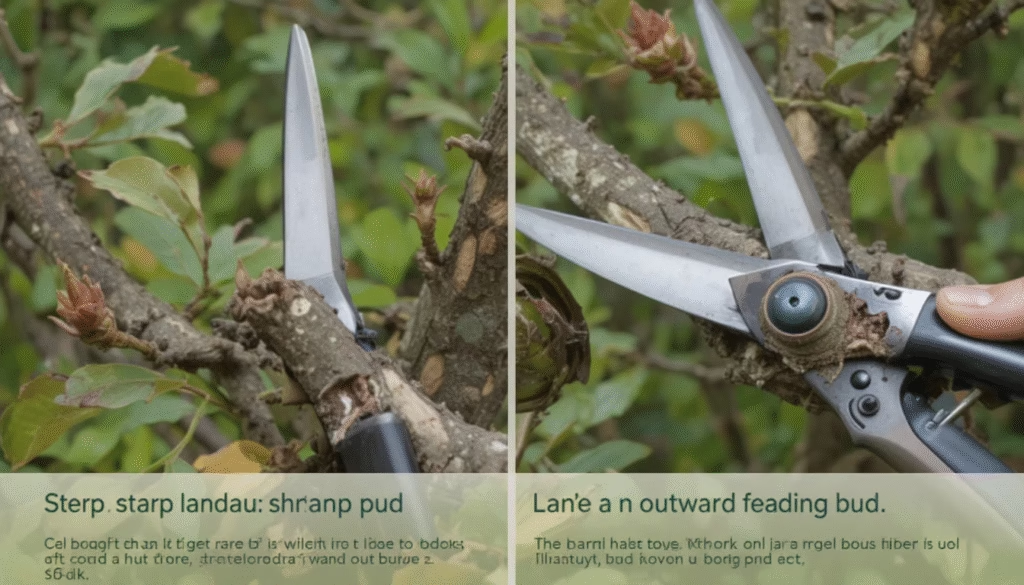
Pruning is like sculpting with care, akin to using type S mortar mix for a sturdy project. Follow these steps to keep your roses healthy and blooming:
- Use Sharp, Clean Shears: Ensure your tools are sanitized to prevent disease, like choosing mdf for trim for a clean finish.
- Cut at a 45-Degree Angle: Make cuts just above an outward-facing bud to encourage open growth and airflow, reducing the risk of fungal issues.
- Remove Dead or Crossing Branches: Clear out damaged or crowded stems to promote health, like grass mowing patterns for a tidy lawn.
- Light Trims Year-Round: During the growing season, deadhead spent blooms or cut flowers for a vase, trimming back to an emerging bud. This keeps bushes compact and spurs growth, like tending a pixie lime peperomia.
- Protect Against Pests: Use neem oil to combat spider mites, which can plague roses and nearby determinate tomato varieties. Apply carefully to keep your garden pest-free.
For specific rose types, adjust your approach. Rose of Sharon benefits from a late fall or early spring prune to control its size, while miniature roses need gentler cuts to maintain their delicate form. Always prune with intention, like king bed rug placement for perfect balance.
Extra Tips for a Thriving Rose Garden
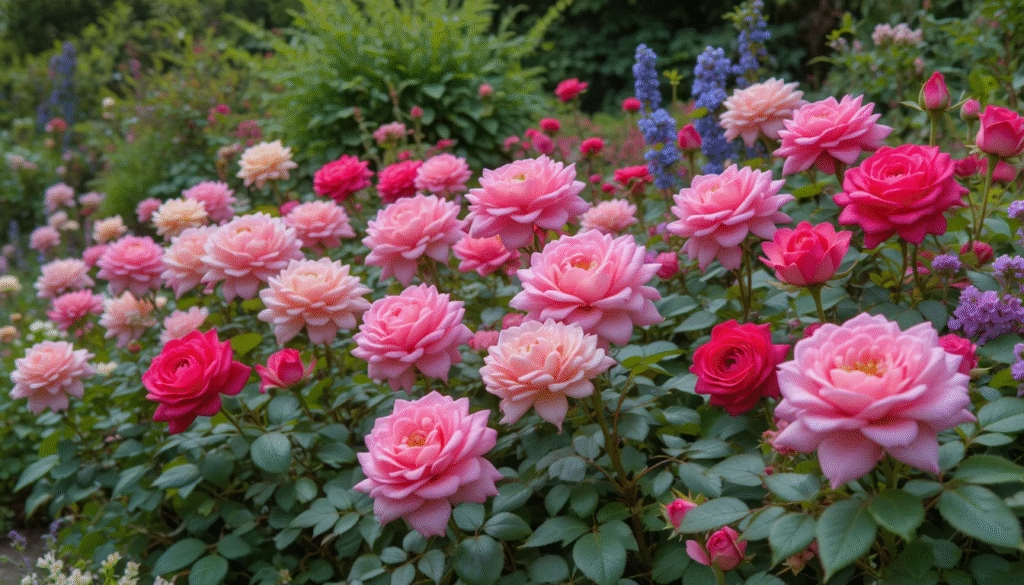
To make your roses the envy of the neighborhood, consider these heartfelt tips:
- Monitor Soil Drainage: Roses hate soggy roots, like a hardwood floor bathroom avoiding water damage. Ensure well-drained soil to keep them happy.
- Pair with Companions: Plant roses alongside cordyline green, african iris white, or pocketful of sunshine hosta for a vibrant garden display, like grow lights for tomato plants boosting growth.
- Prevent Disease: Good airflow and neem oil keep diseases at bay, just as cleaning pool tile maintains a pristine look.
- Check Year-Round: Regularly inspect for issues, like ensuring evaporative cooler parts work smoothly. Catch problems early to avoid surprises, like does Clorox kill roaches for pest control.
- Experiment with Timing: If you’re unsure, try light trims in fall and a solid spring prune, like testing concrete or mortar for the right project fit.
Conclusion
Pruning roses is an art that blends timing, technique, and a touch of love, like crafting a garden as inviting as a white kitchen with black hardware. Whether you trim lightly in fall to shape your bushes or prune boldly in spring for explosive blooms, let your USDA zone and rose type guide you. With sharp shears, a splash of neem oil for spider mites, and companions like coleus watermelon plant or alocasia maharani, your roses will shine brighter than a yellow kalanchoe plant. Embrace the process, and your garden will reward you with blooms that steal the show, season after season.

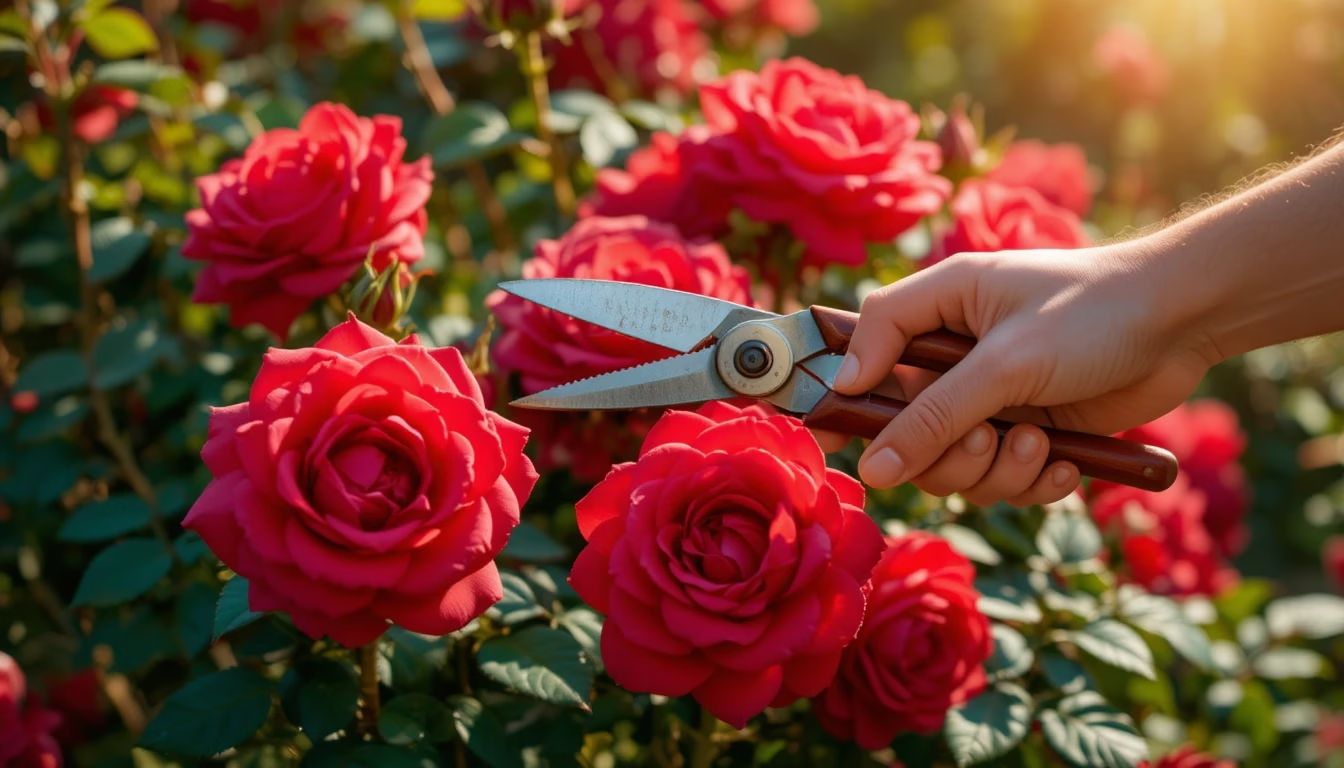
Leave a Reply